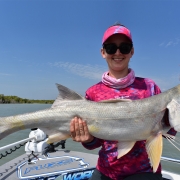All Hail the Fighting Whiting
by Rory Gibson
The summer warmth is here. School holidays stretch out before us. That means one thing.
Whiting!
What an awesome fish. Where would we be without them? So many fishing devotees have caught the angling bug by catching whiting when they were kids. The little silver battler should be a life member of the Fishing Hall of Fame – if there was one. They are easy to catch, fight like Mike Tyson with fins and taste great if you want to keep a few for a feed.
Australia has more glamorous fish – the princely Barramundi, the magnificent Murray cod, the imposing mulloway, to name a few – but I would wager no other species generates as much collective joy as the whiting does.
For a start, you can pretty much catch them all round the country. There are about five species common to Australia and one or more of them are swimming around near you. Then there is their versatility. They are an elusive quarry for sports fisherman using ultra-light tackle and very small lures, or a fish the whole family can enjoy catching by using simple, inexpensive gear and the right bait. Most species of whiting can be caught in and around estuary mouths, on beaches and in shallow bays, which means everyone has access to them regardless of whether they own a boat or not.
But they are no mugs. Turning up with the wrong bait will get you nowhere. Whiting are foragers which hunt for worms, crabs, small fish – basically anything that’s small and moves. And if it doesn’t move, it’s got to be fresh.
Where I live in Yamba at the mouth of the Clarence River in northern New South Wales, there’s a place called Whiting Beach. There’s never been a more appropriately named strip of coast. The place is crawling with whiting, and the summer visitors line up with their kids to catch them.Trouble is, too many holiday anglers just grab a packet of frozen prawns or dried worms from the petrol station and hope that will do the trick. It won’t. Using that stuff might snare the odd deranged individual (fish that is, not angler), but live bait in the form of yabbies, worms and soldier crabs, or fresh bait like pippies rustled up from the beach you’re fishing at, are definitely the go.
My sons and I have stood shoulder to shoulder with the holiday crowd at Whiting Beach and reeled in fish after fish while all those around us caught nothing. The only difference between us and them was we were using live beach worms bought from the local tackle shop. More expensive, sure, but effective! While beach worms are great, they require special skills to collect them yourself. Yabbies are probably the best bet. Whiting can’t resist them and they are easier to gather.
Go to a Tackle World outlet, get yourself a yabbie pump and ask the staff for some tips about where’s the best place to get a few. Remember, you don’t need to collect a bucketful but just enough for your fishing session. Once you’ve got the bait, remember to rig with light line, long-shanked hooks and minimal weight. A Tackle World Pro Staffer will be able to help you out if you’re not sure what is meant by that.
Once you’ve got your bait and gear sorted, head to a likely spot and fish the incoming or outgoing tide. The whiting follow the water, pouncing on prey fleeing for cover, so don’t cast out too far – often you’ll catch them at your feet. The main thing is to give it a go. If you are unsure, ask your local fishing tackle outlet for advice on the right gear, bait, locations and rigs. That’s what they are there for, and they love helping people get hooked on fishing.
Coming up next, catching King George Whiting for those of you on our southern shores.
Like to learn another tip? Check out our blog on the Art of Observation.

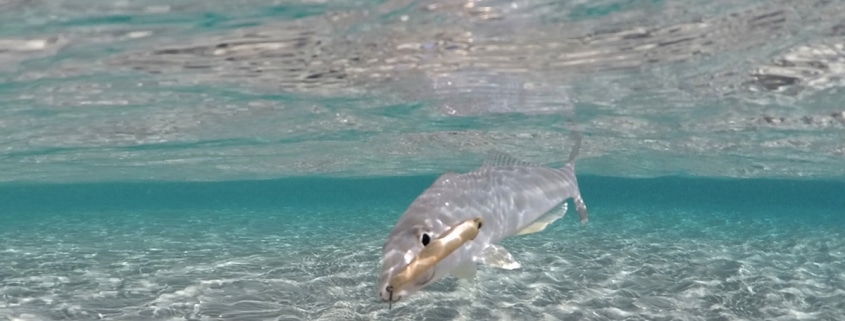

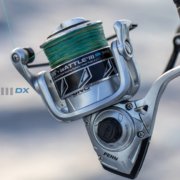
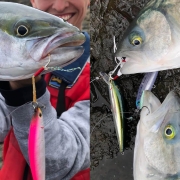
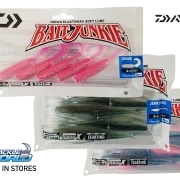
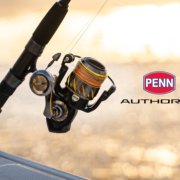
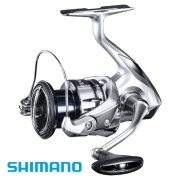
 Tackle World Australia
Tackle World Australia